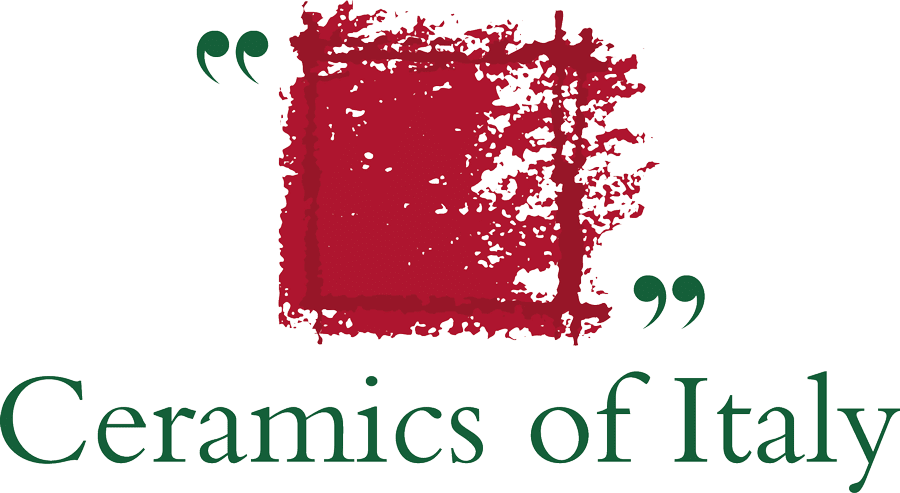The choice of materials is one of the most critical factors in the sustainability and performance of a project. The functions performed by materials go well beyond aspects of construction and aesthetics and include the energy comfort of buildings. Moreover, they are the result of production cycles that may themselves have a big environmental impact. Deriving from progressive innovations that have transformed age-old history into contemporary value, Italian porcelain tiles are an outstanding example of an environmentally sustainable material with exceptional green credentials. They earn numerous credits in sustainable building certification schemes (such as EMAS, ISO, BSI, Ecolabel and EPD), while the industry-average Environmental Product Declaration (EPD) of Confindustria Ceramica member companies has guaranteed the sustainability of the entire Italian ceramic industry since 2016.
There are numerous factors behind the exceptional sustainability of this material. The ability of digital printers to reproduce any surface with a high degree of realism means that large-format ceramic tiles and panels can be used to create superb imitations of prestigious natural materials such as wood, stone and marble. At the same time, the variety of surface coverings that can be created thanks to the different sizes and rectified edges has transformed ceramic panels into an industrial design element capable of creating unique spaces with standard products.
Another key factor is the ability to alter the thickness and composition of the panels, allowing them to adapt to the most varied requirements. For example, extra-thin panels can be used to transform floors and walls without having to remove the existing tiling, thereby reducing the cost and complexity of aesthetic restyling of the existing building stock. Thanks to their exceptional resistance to the elements coupled with their properties of reflectance and heat dissipation and their ability to adapt to any surface, large-format ceramic panels are the ideal surface covering for ventilated façades. One rapidly-evolving area of application is that of “functionalised” ceramic tiles, which to date include photocatalytic panels, antibacterial panels, panels capable of eliminating atmospheric pollutants and panels for the visually impaired.
Italian porcelain is also sustainable in terms of its identity as an inert, recyclable and extremely durable material with a lifetime of around sixty years, and ranks top in terms of its production cycle amongst surface covering materials (LCA score of 10.4 compared to 15.3 for parquet, 23.7 for carpet, 53.4 for marble, 66.5 for resin and 92.2 for linoleum). The continuous research conducted by companies aimed at reducing the impact of their production processes – already the lowest anywhere in the world – makes Italian ceramic one of today’s most sustainable and creative materials. The appreciation of this excellence the world over is demonstrated by the fact that 85% of Italy’s output is exported to countries as diverse as Australia, Russia, the Middle East and South Africa.



 Architects
Architects

